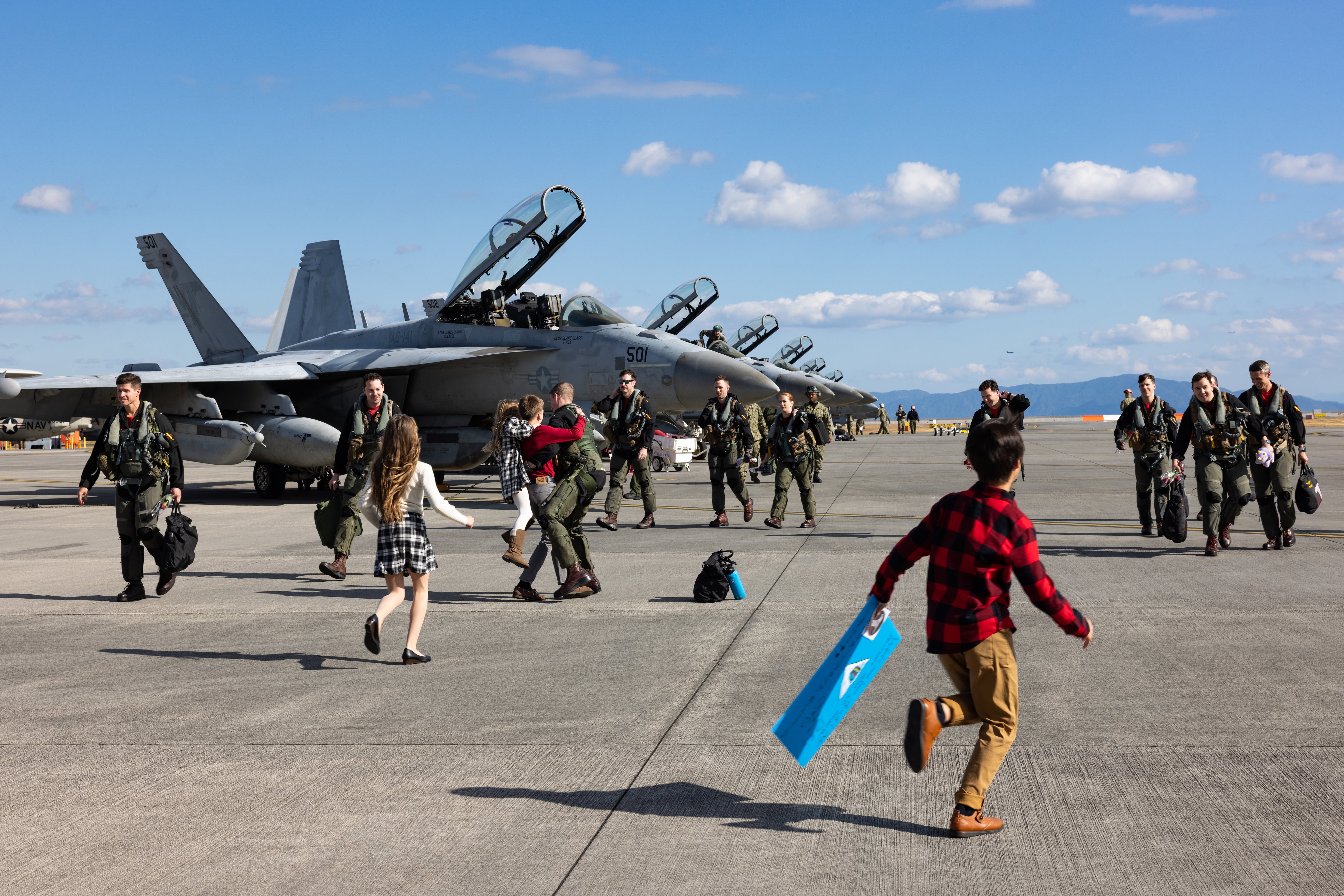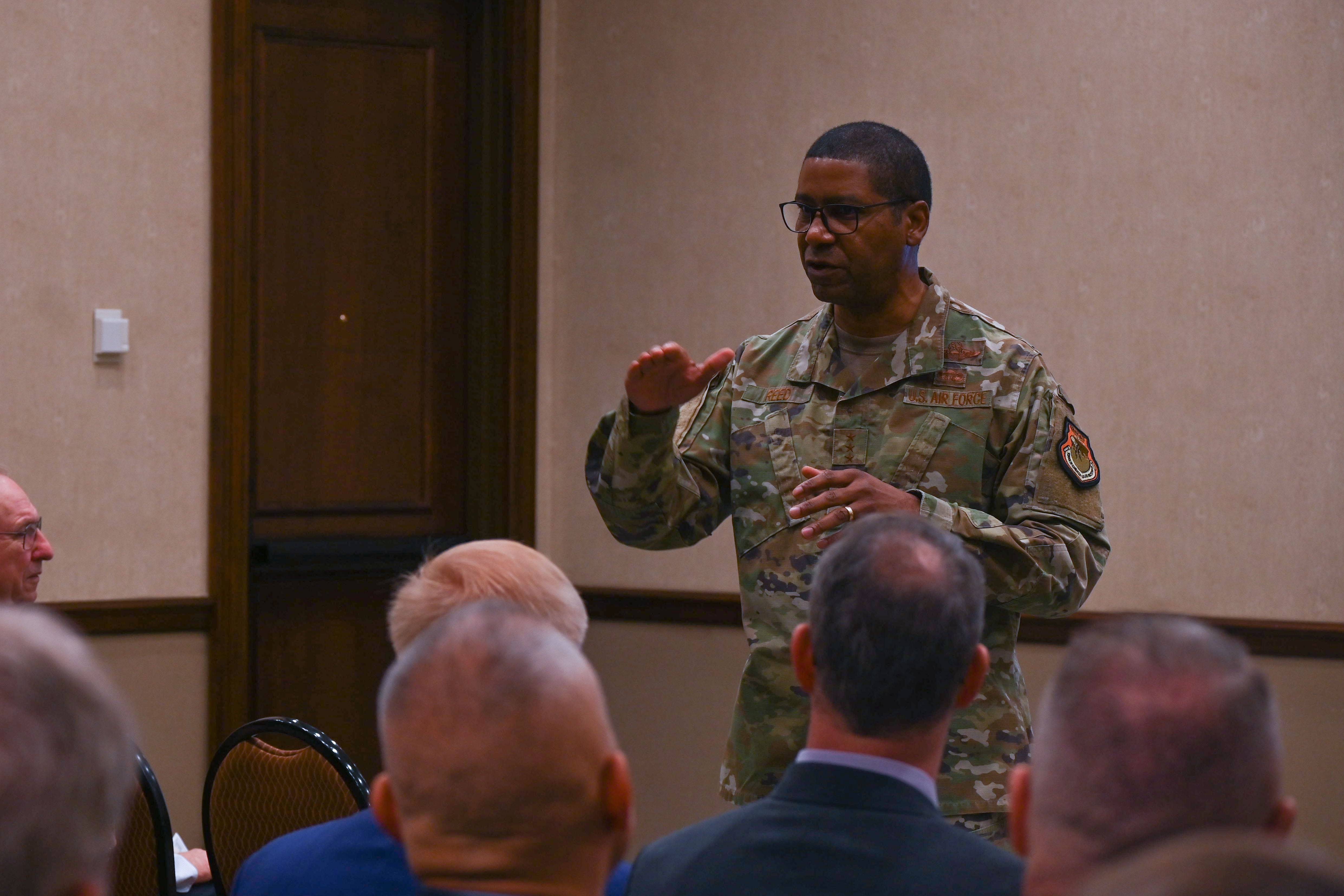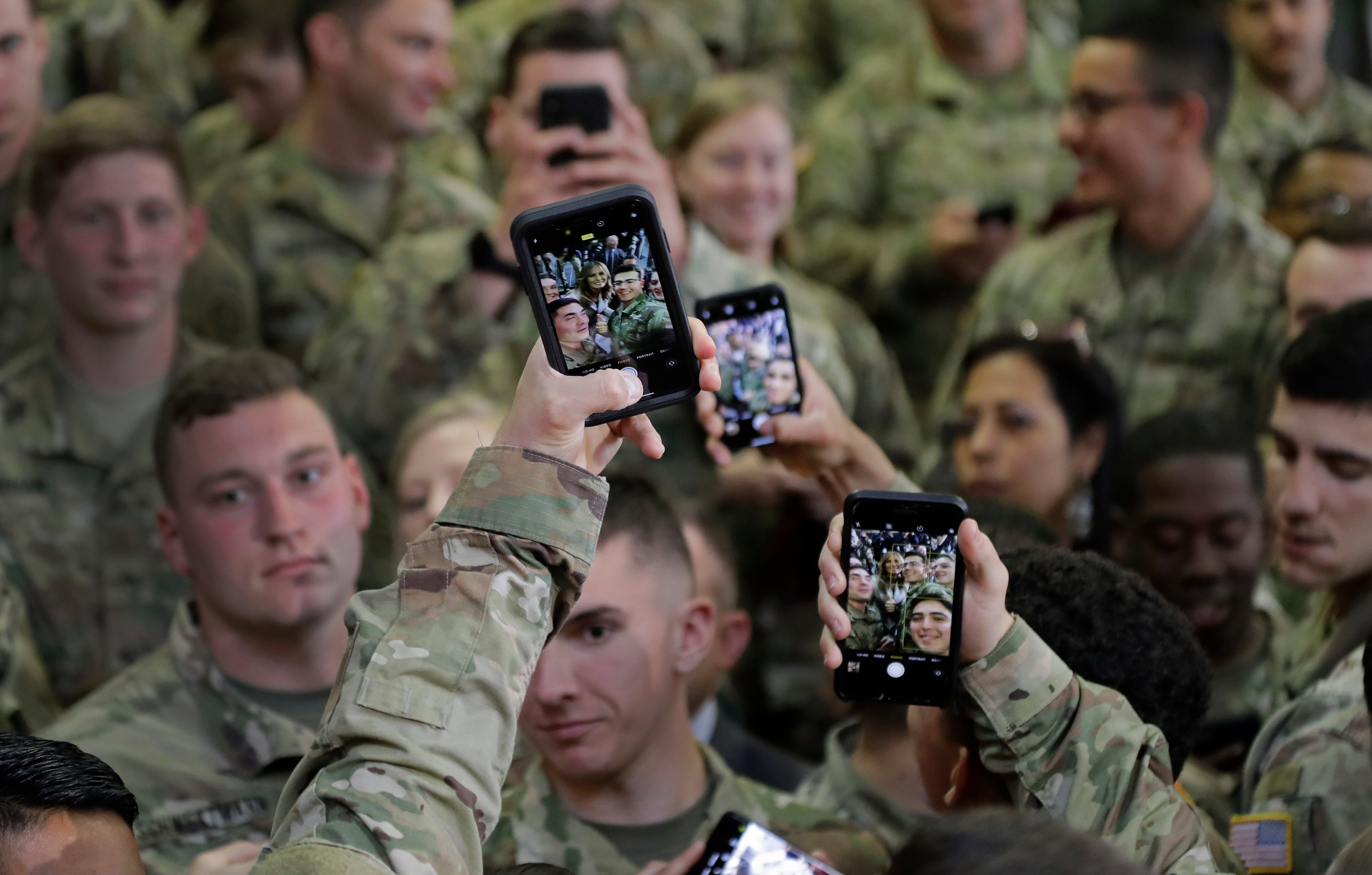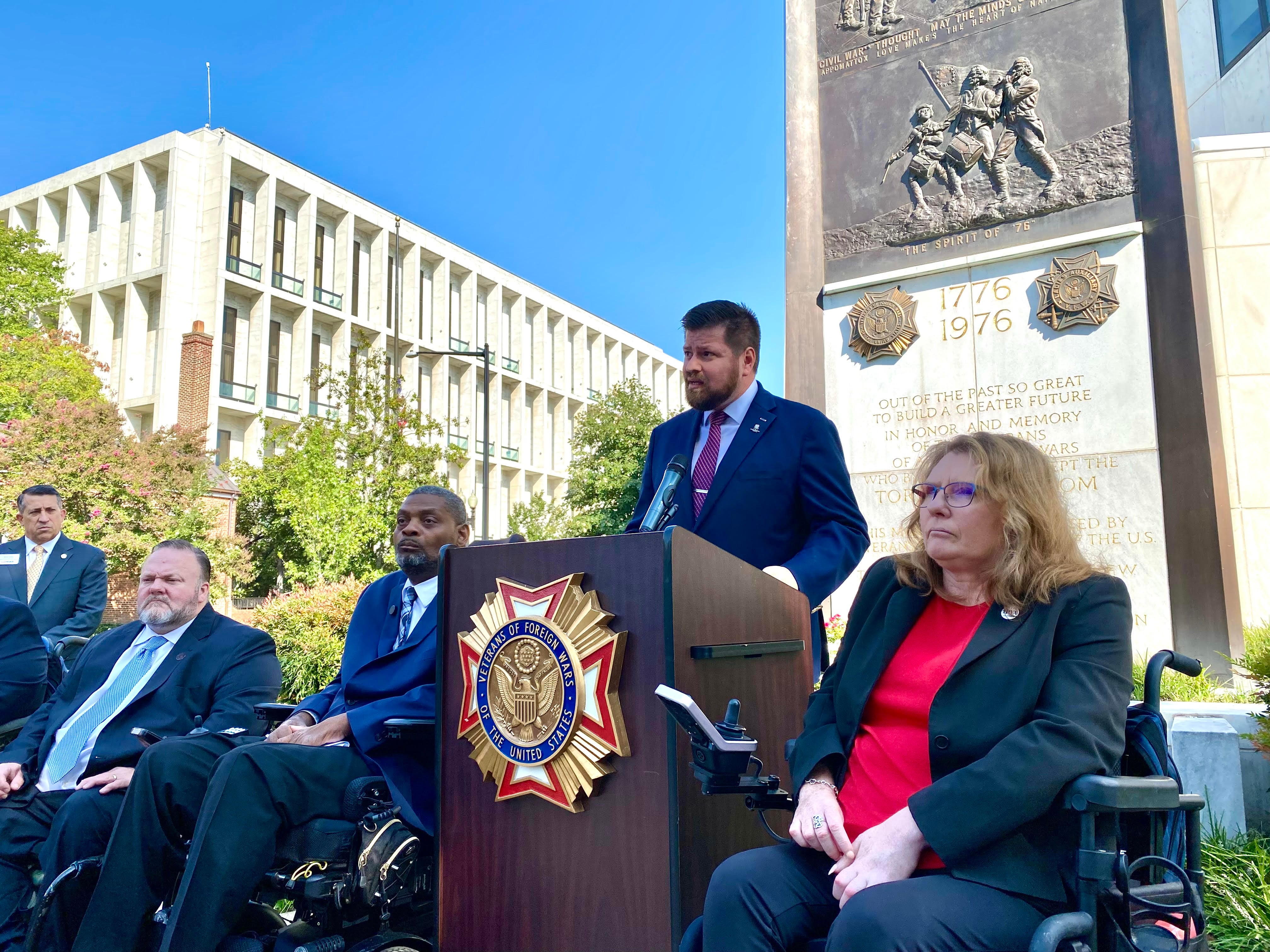The fatal rhabdovirus known as “rabies” has been associated with madness as far back as ancient Greece. The zoonotic disease, which causes hydrophobia, as well as inflammation of the brain and spinal cord, nearly always results in death.
Research from the Uniformed Services University of the Health Sciences, however, has discovered a way to neutralize the virus in mice. Though it’s early in testing, the results are promising.
Called Lyssavirus, from the Greek for “frenzy” or “madness,” rabies is both a danger and a concern for the U.S. military because areas where troops operate are often in locales where the virus is found present in wild dogs. Each year, it causes nearly 60,000 deaths worldwide.
“Although there are highly effective vaccines and post-exposure treatments for rabies, these interventions do not work once the virus reaches the central nervous system and neurological symptoms become apparent,” Dr. Brian Schaefer, one of the lead authors on the study, told Military Times.
Data shows the virus is nearly 100% fatal once a victim, someone bitten or exposed to the saliva of an infected animal, begins showing symptoms.
Treatments, as a result, “are thus focused on the early, pre-symptomatic stage of disease, with the goal of peripheral neutralization of virus to prevent CNS infection,” the study notes.
Though the Centers for Disease Control and Prevention reports hundreds of animals are infected with rabies each year, no troops have been diagnosed with the virus since 2011.
However, this research has implications that expand beyond the rare cases of rabies and into various treatments for other viruses that attack the central nervous system.
“If these findings can be generalized to other viral pathogens that target the spinal cord and brain, this work may have broad implications for treating many other human viral diseases of the central nervous system, which are currently difficult to treat and often result in high rates of fatality and/or life-long debilitation,” Schaefer said.
Sarah Sicard is a Senior Editor with Military Times. She previously served as the Digitial Editor of Military Times and the Army Times Editor. Other work can be found at National Defense Magazine, Task & Purpose, and Defense News.









